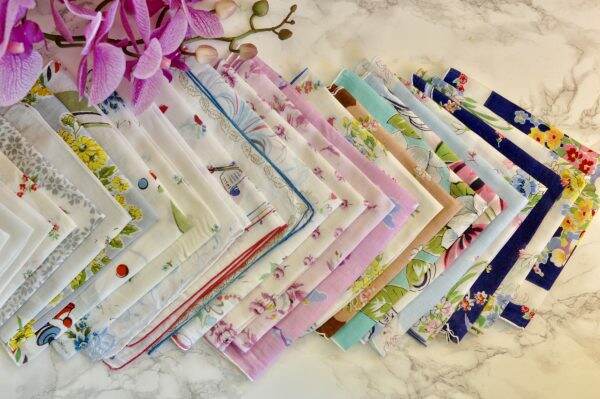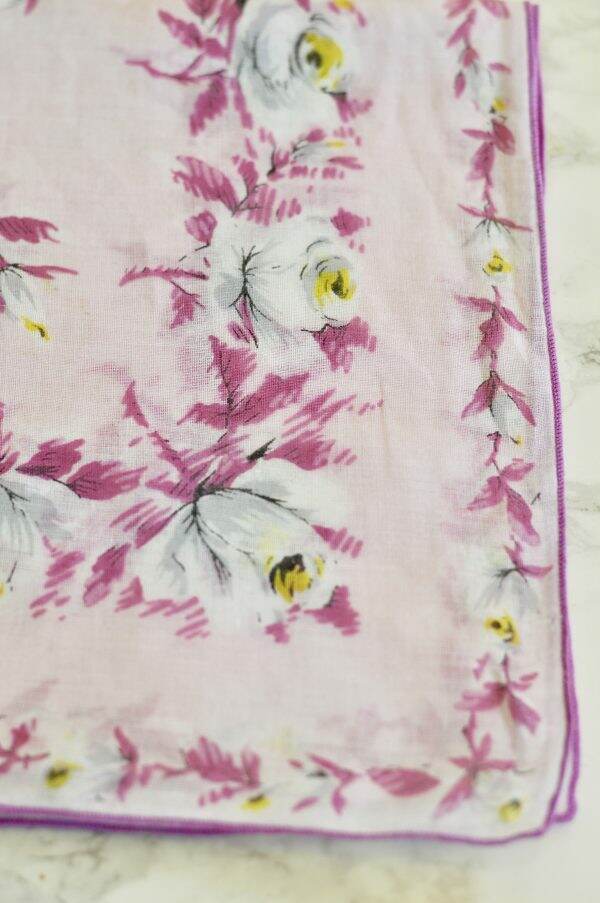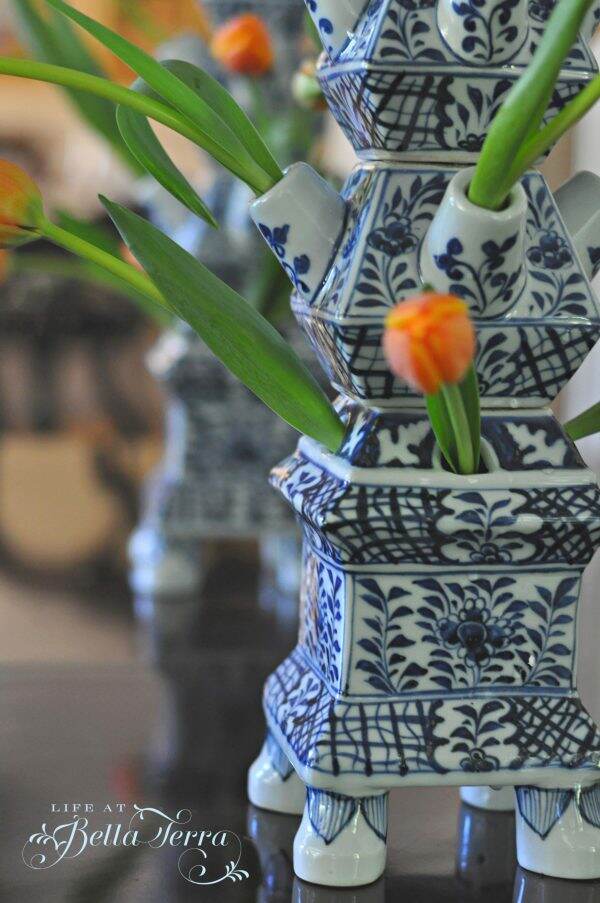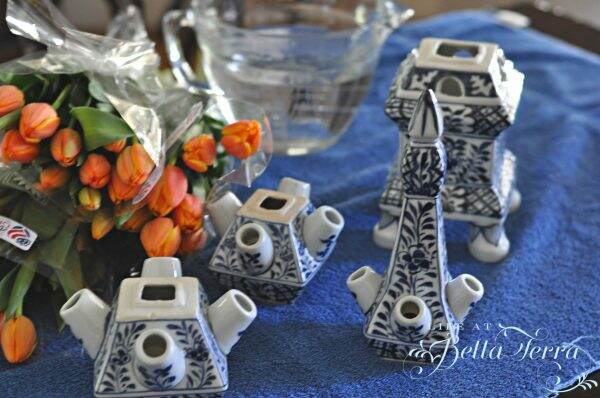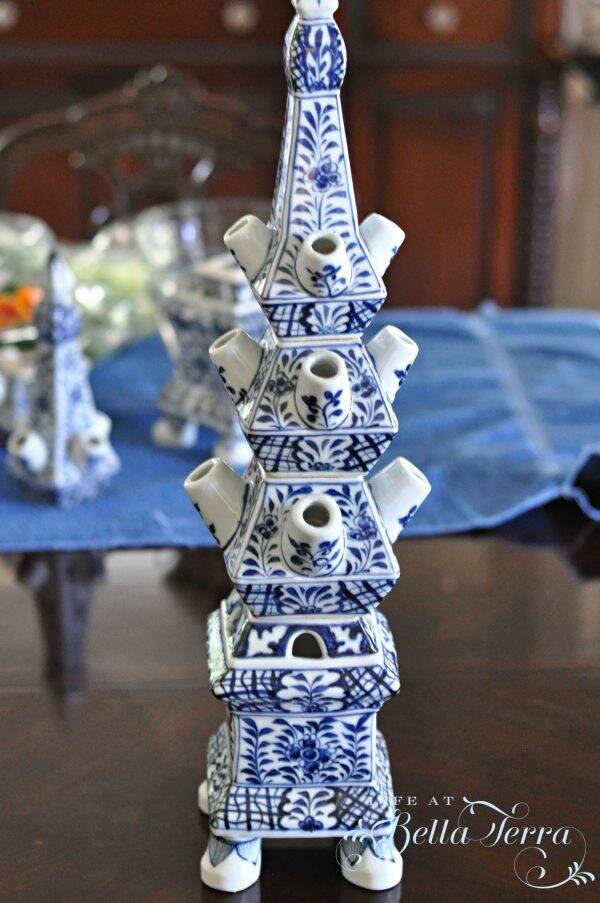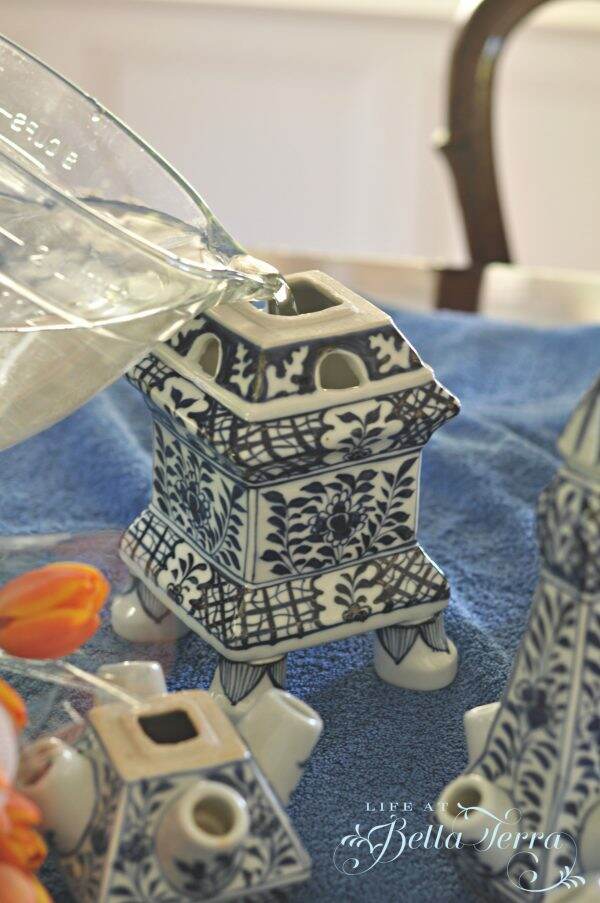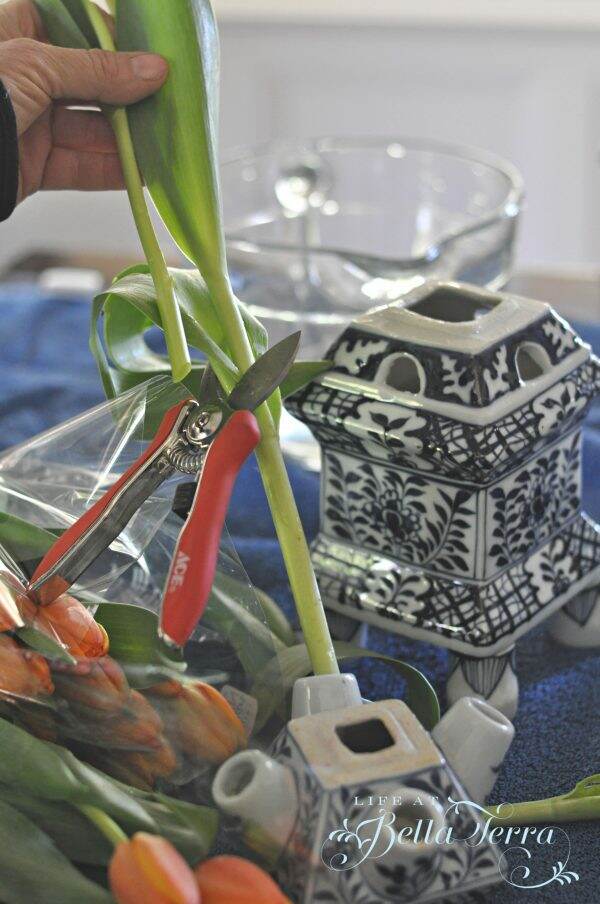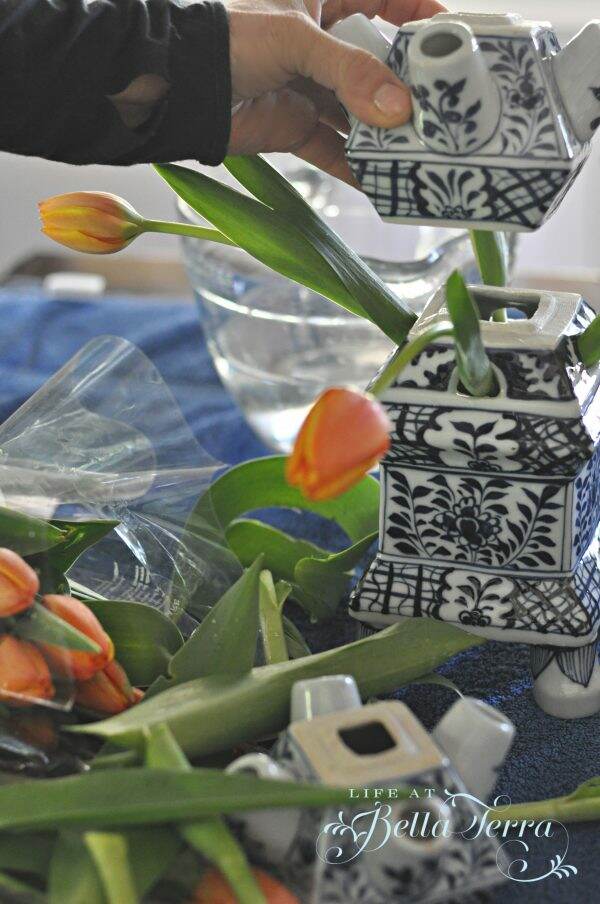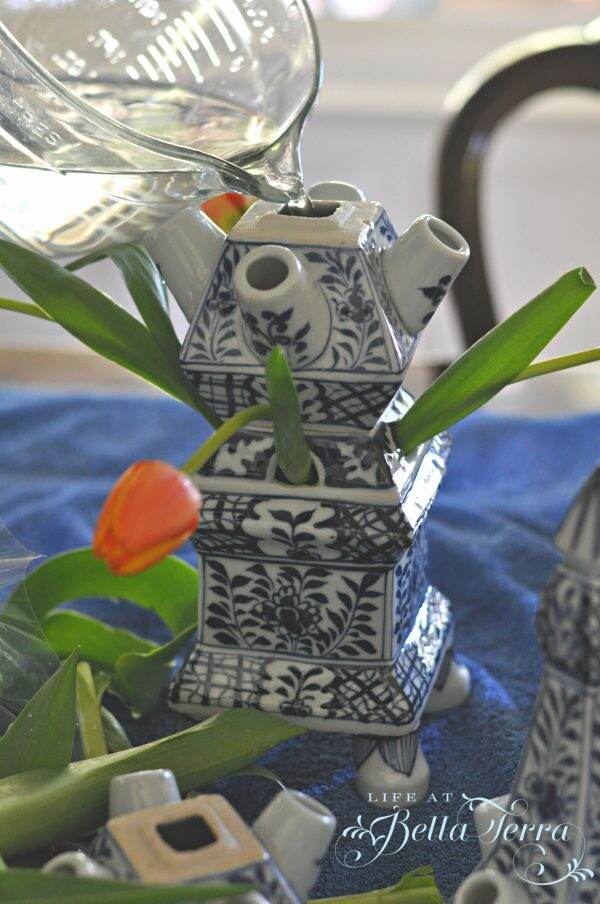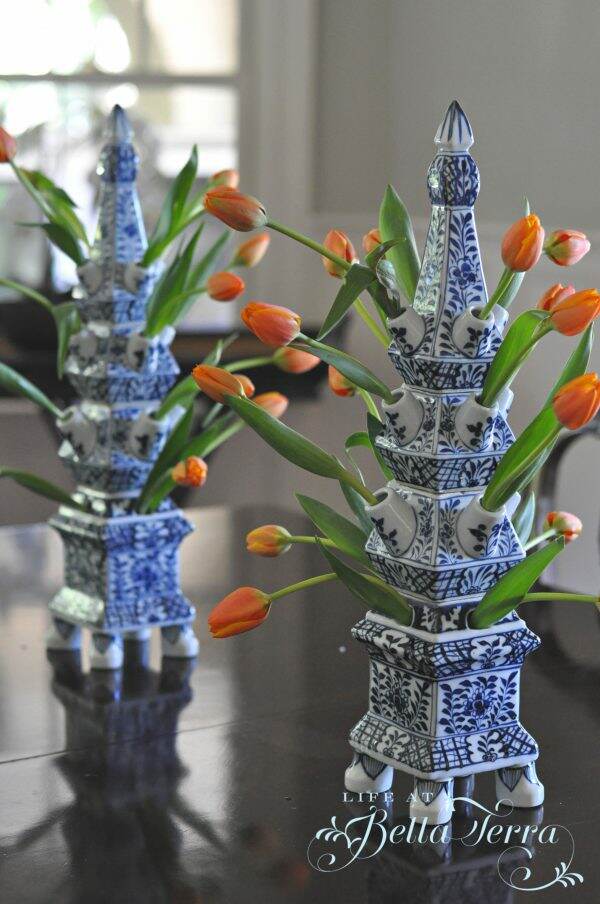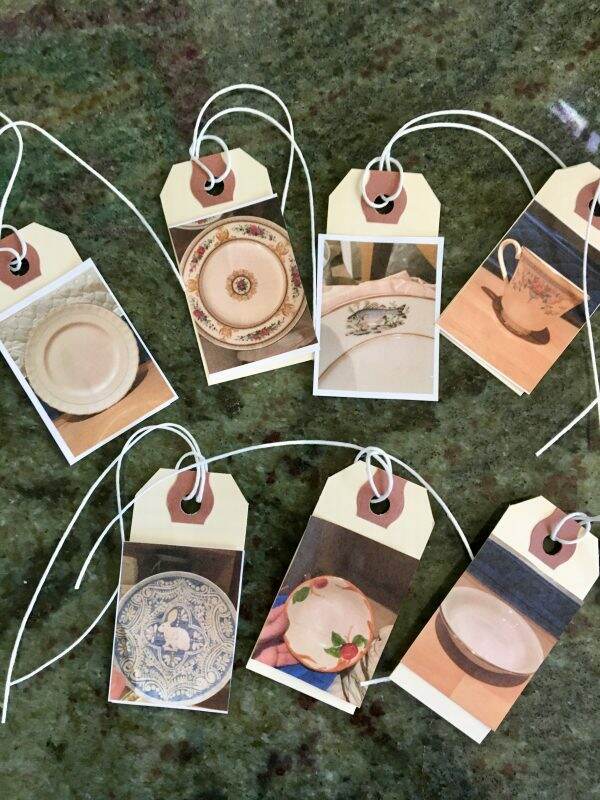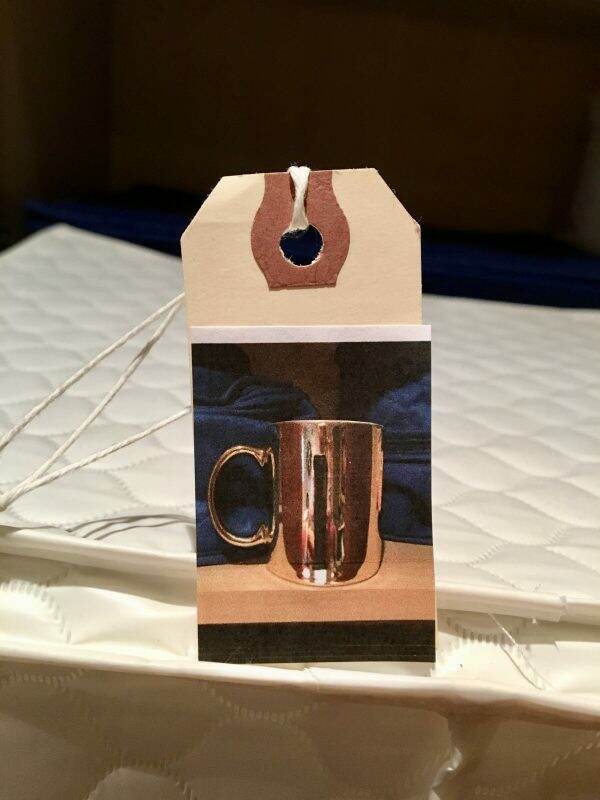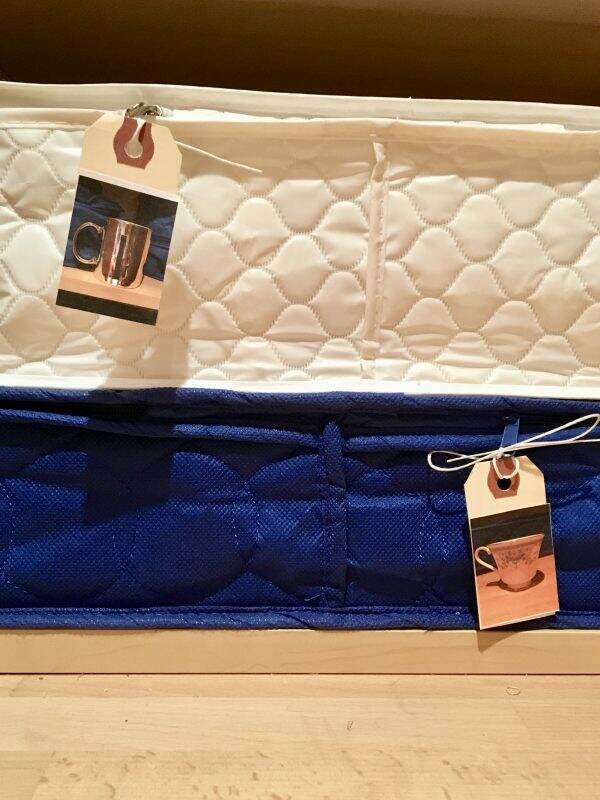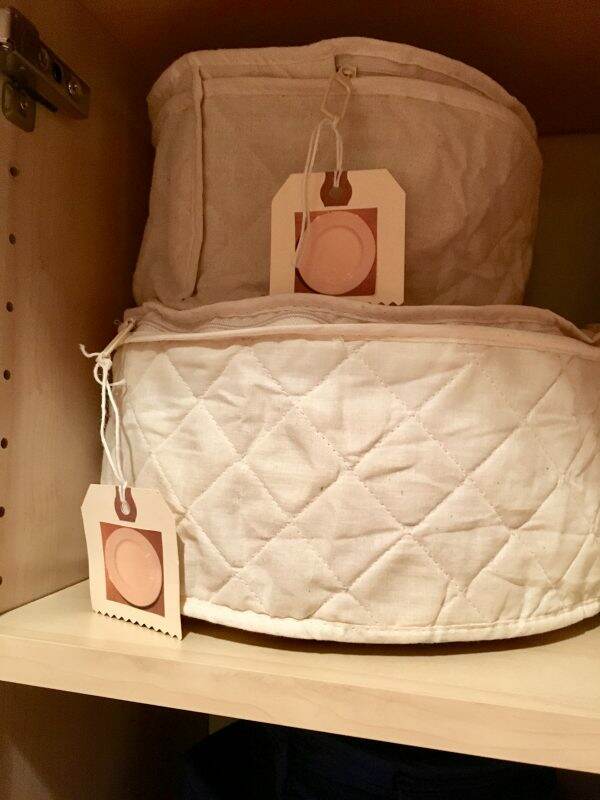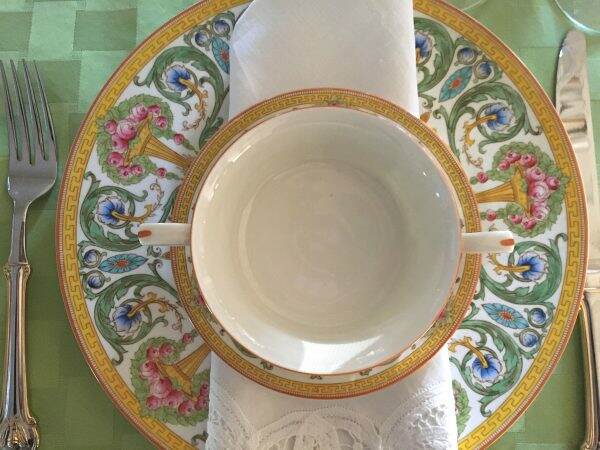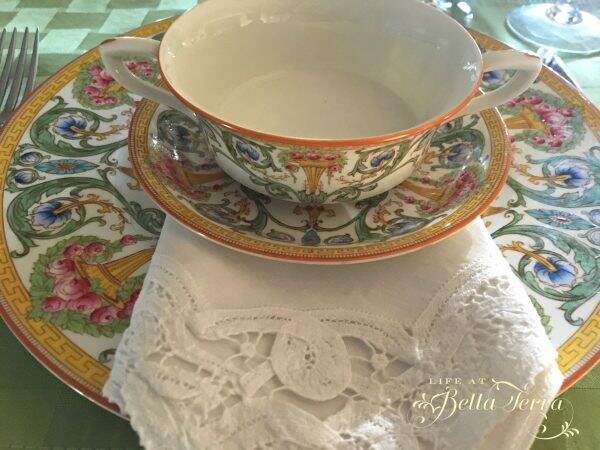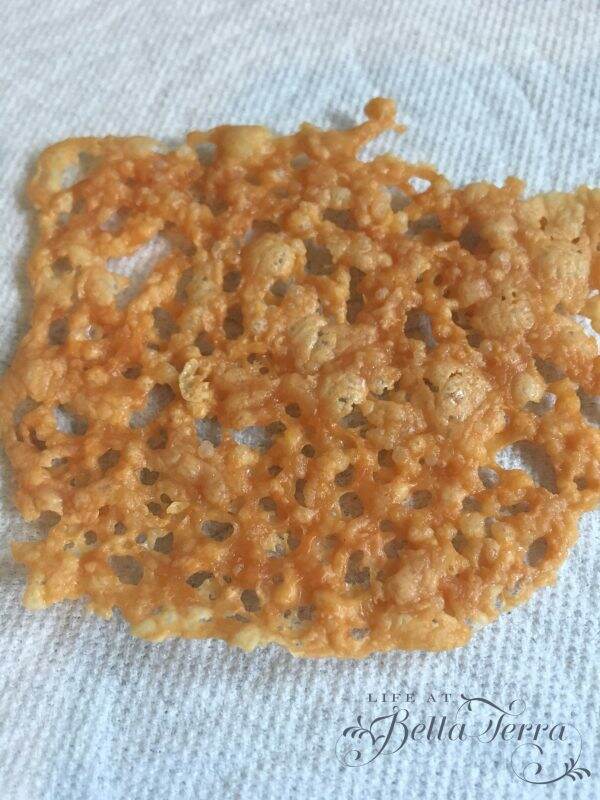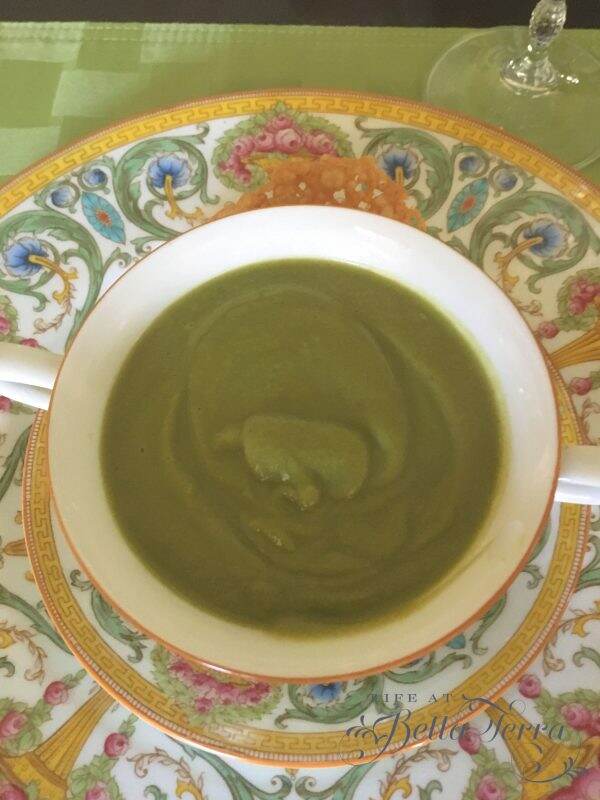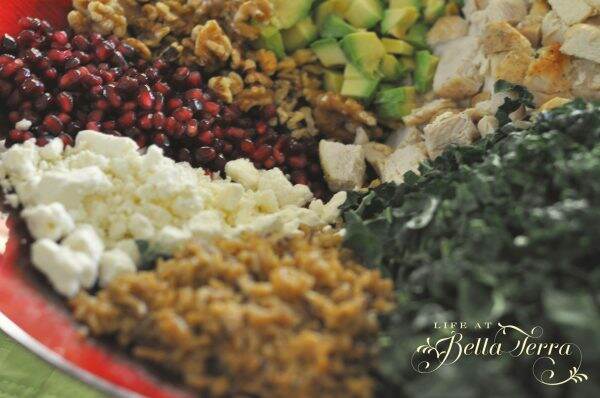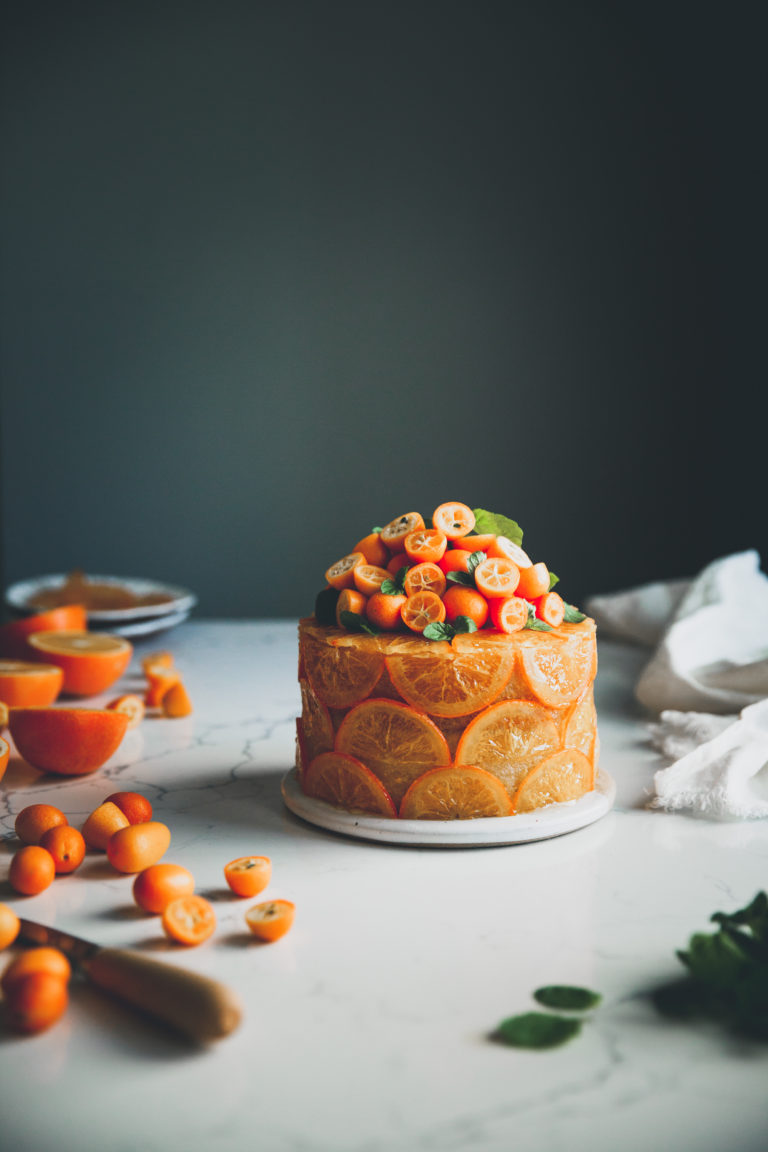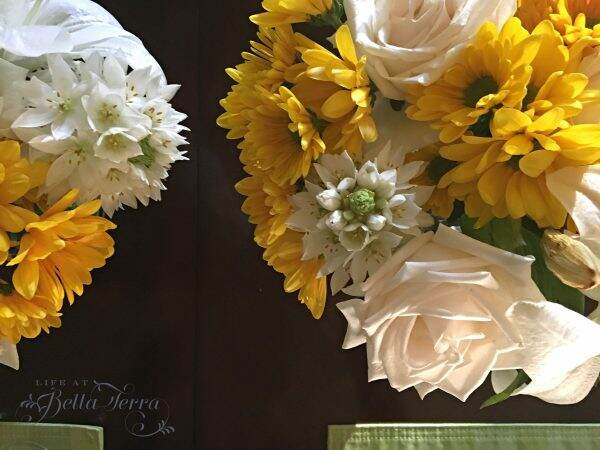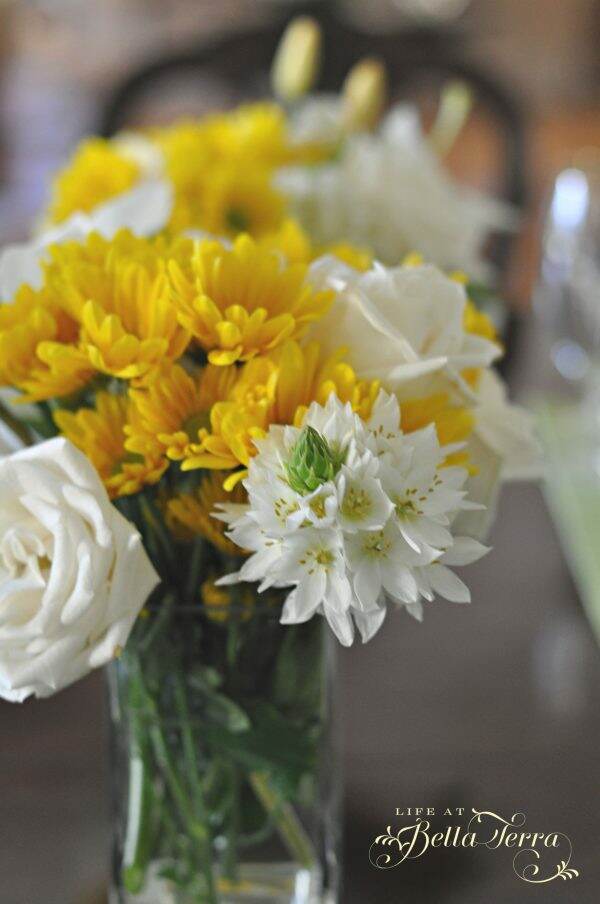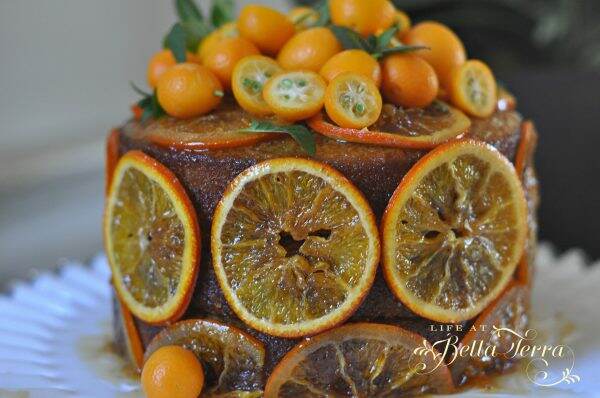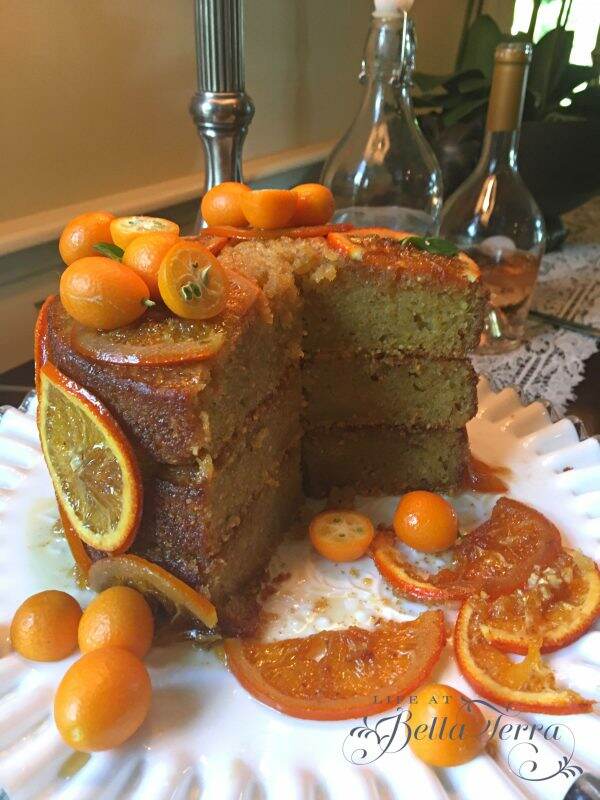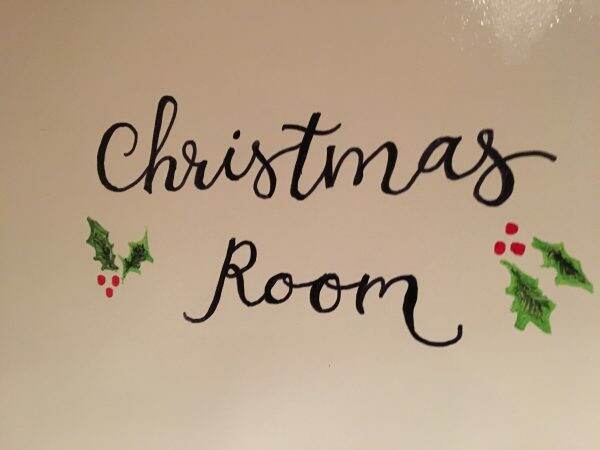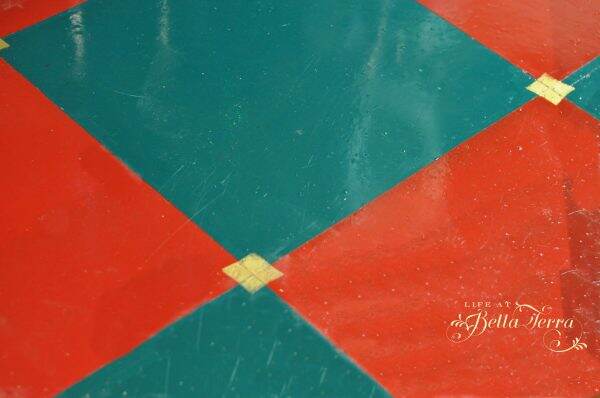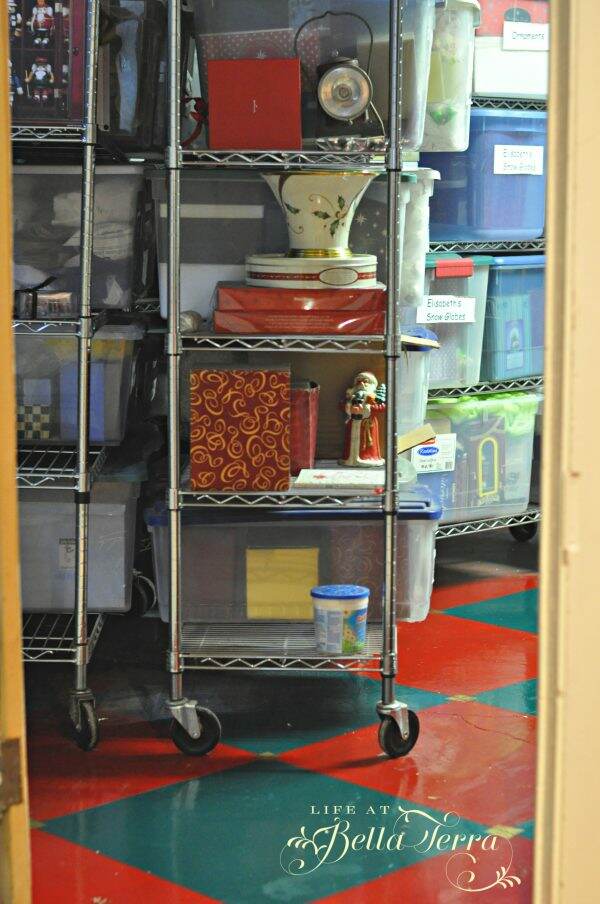King Cake
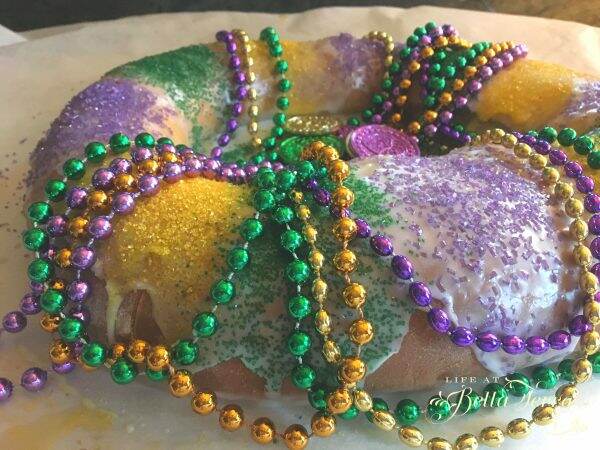
In January 2006, I went to Mississippi as part of a work crew to help with the aftermath of Hurricane Katrina. It was a big ask to take 7 days away from my young family to volunteer, but my husband and children were supportive. The opportunity presented itself through our church and it felt like the right thing to do.
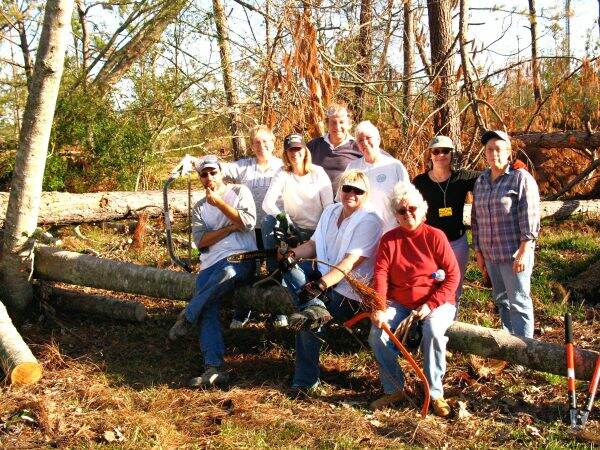
I was one of 12 volunteers and I didn’t know anyone before the trip. We all became fast friends and found joy in helping others.
Hearing they had a need for forklift drivers, I quickly got my license to operate one before my departure!
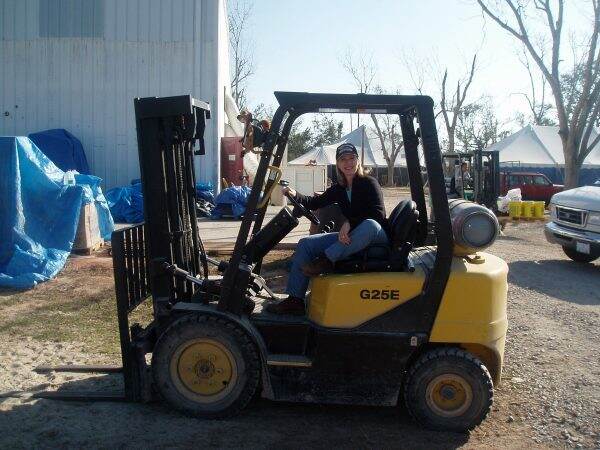
It was hard and dirty work. Each morning we would get our assignment, fill up the church van with rakes, chain saws, shovels and literally spend the entire day tearing out moldy drywall, or cleaning up someone’s property.
One of our first projects was to help gut someone’s home. It was 4 months after the hurricane and black mold had set in. All their drywall needed removing. The property owner was so grateful and thankful for our work it made my heart burst.
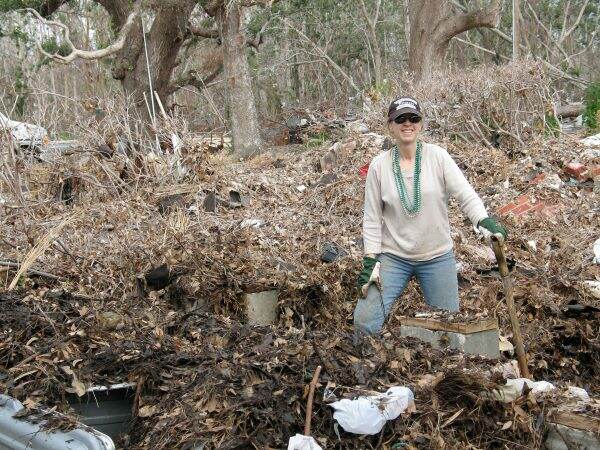
She was in tears and had nothing to give us except a King Cake. I had never heard of a King Cake but we happily accepted it (as the food at the school where we slept was minimal). I am unable to locate a picture of all of us with this wonderful woman and her King Cake but it remains a fond memory of mine.
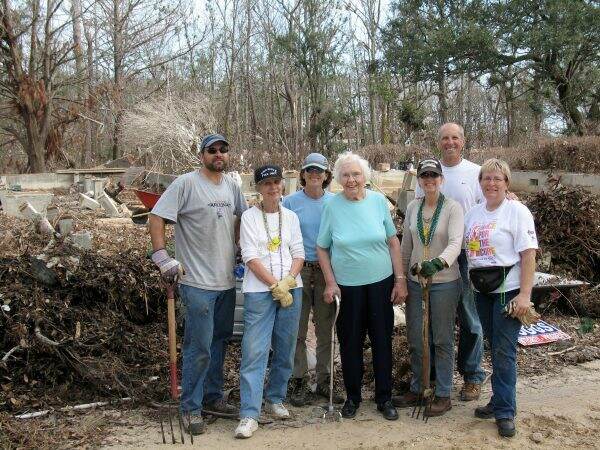
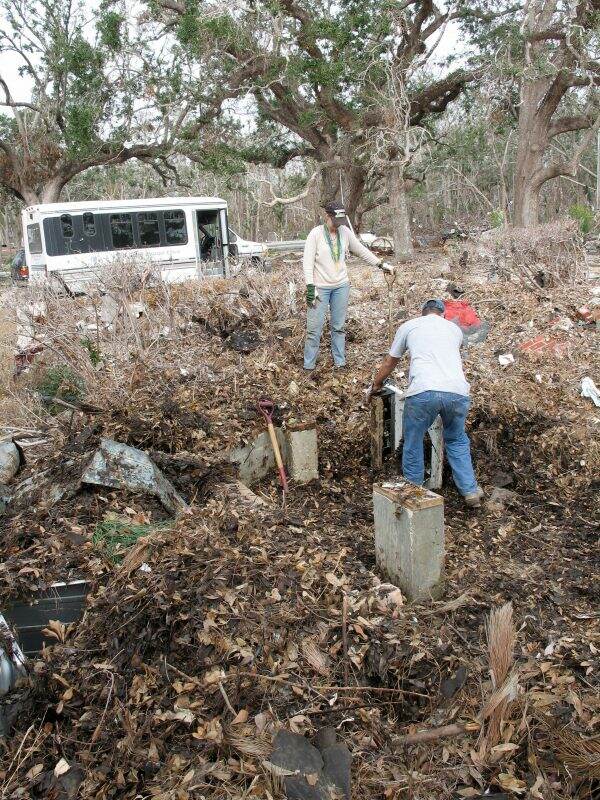
When I returned home to Phoenix, I was so moved by this incredible experience. Our work was simple, yet rewarding. Making a King Cake each year is now tradition in our home.
The King Cake is thought to have been brought to New Orleans from France in 1870. A King Cake is an oval-shaped bakery delicacy, crossed between a coffee cake and a French pastry that is as rich in history as it is in flavor.
It’s decorated in royal colors of PURPLE which signifies “Justice,” GREEN for “Faith,” and GOLD for “Power.” These colors were chosen to resemble a jeweled crown honoring the Wise Men who visited the Christ Child on Epiphany. A naked baby is hidden inside the cake and whoever finds it received a year of good luck and is treated as royalty for that day.
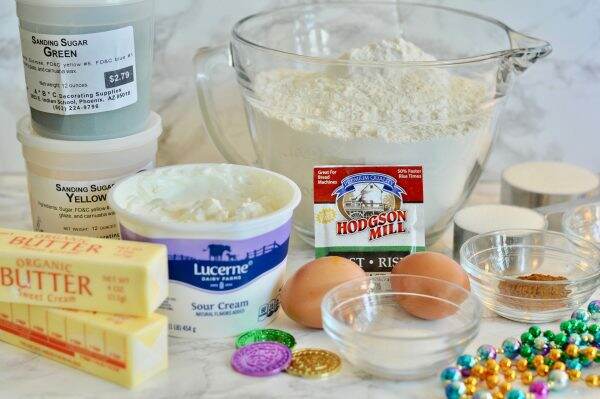
The ingredients are rather simple, but it does take some time to prepare the dough, let it rise and then decorate it. Typically I would take you step by step with a new recipe but I will just highlight a few or this would be a really LONG post.
After you make the dough, turn out on a lightly floured surface and knead until smooth.

Cover and let rise in a warm place free from drafts for 1 hour or until dough has doubled in size. I place my bowl on a chair in front of the fireplace.
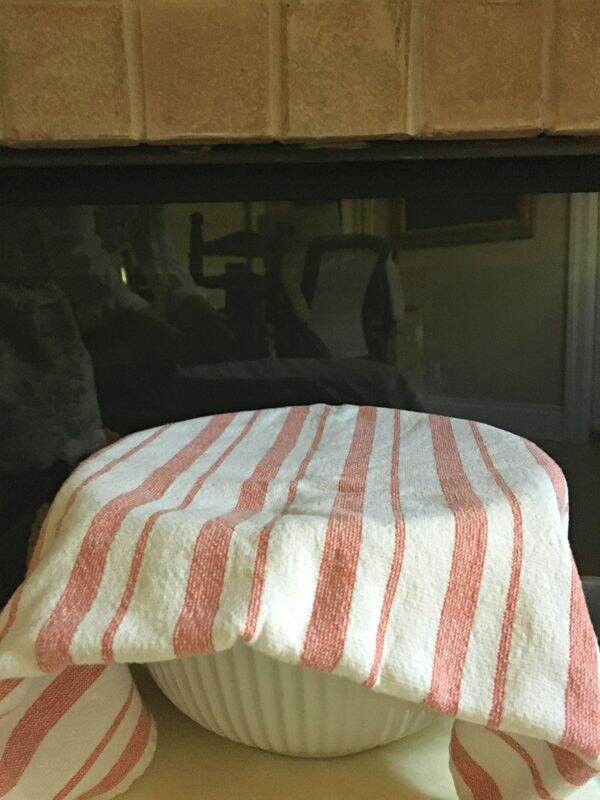
After punching the dough down and dividing into two parts, roll out the dough into a large rectangle. Spread softened butter on the dough and sprinkle with cinnamon sugar. Roll the dough, jelly roll fashion starting at the long side. Don’t forget to add the baby!
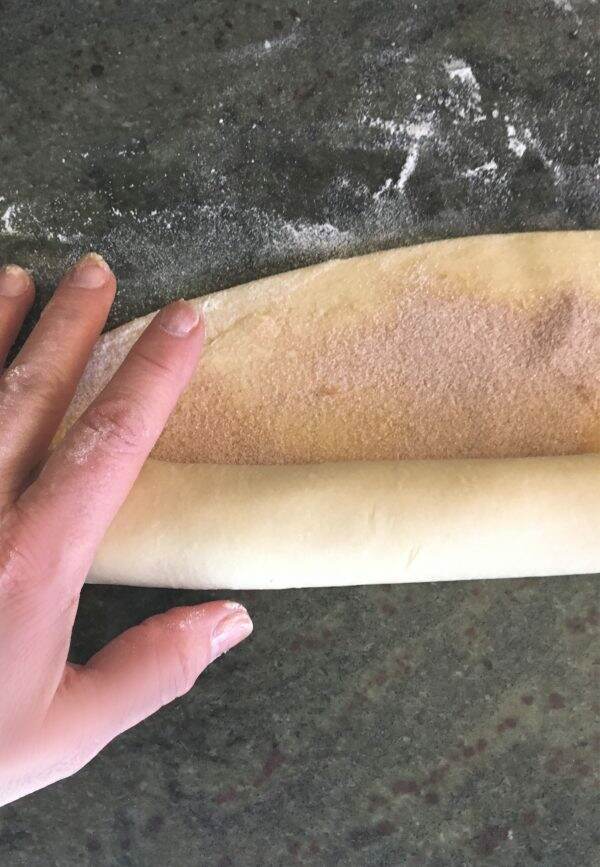

Bring ends together and form an oval ring. Cover and let rise in a warm place until it doubles in size.
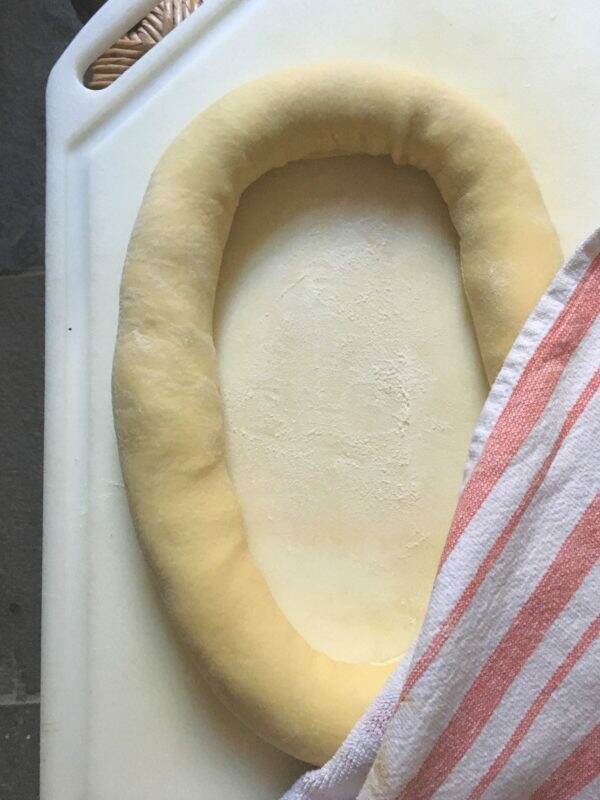
After baking, ice the cake and add the colorful sprinkles. Be sure to add the sprinkles quickly or the icing dries and they will not stick.
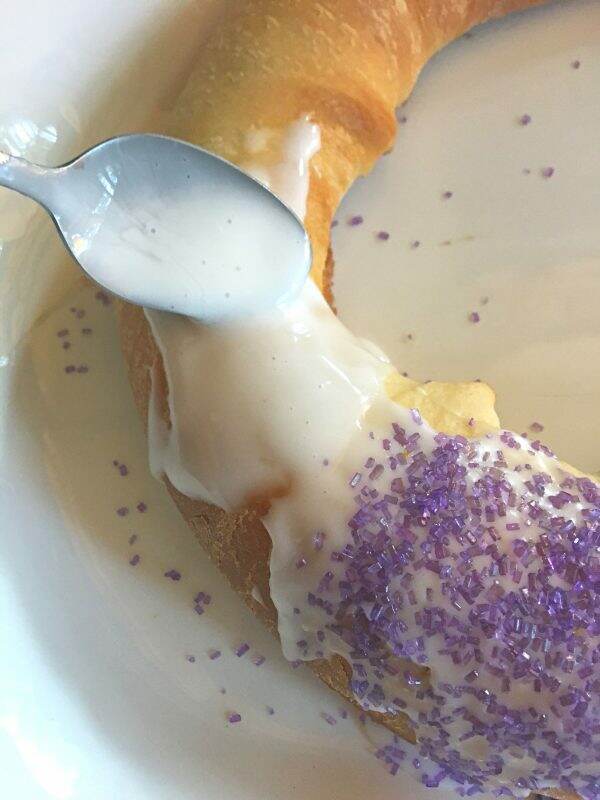
I add Mardi Gras beads and coins to make it festive! King Cake is generally available between the Epiphany (January 6th) and Mardi Gras or Fat Tuesday (which is the day before Lent). If you don’t want to make your own, check with your local bakery to see if it is available.
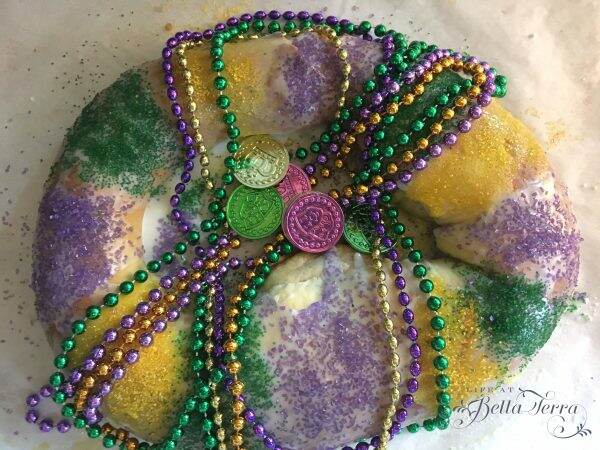
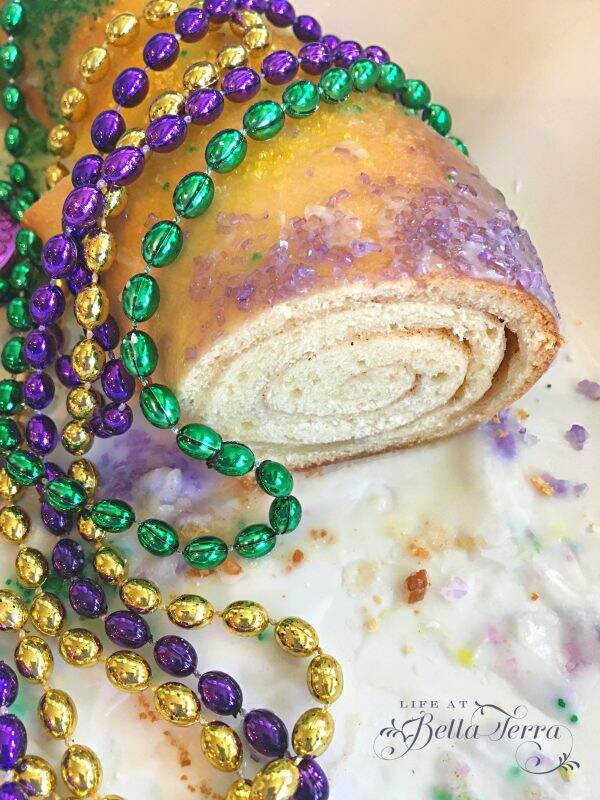
I hope you will try this recipe and make King Cake a family tradition.
King Cake Recipe from 1990 Southern Living ~~ makes 2 cakes
https://www.myrecipes.com/recipe/traditional-king-cake

